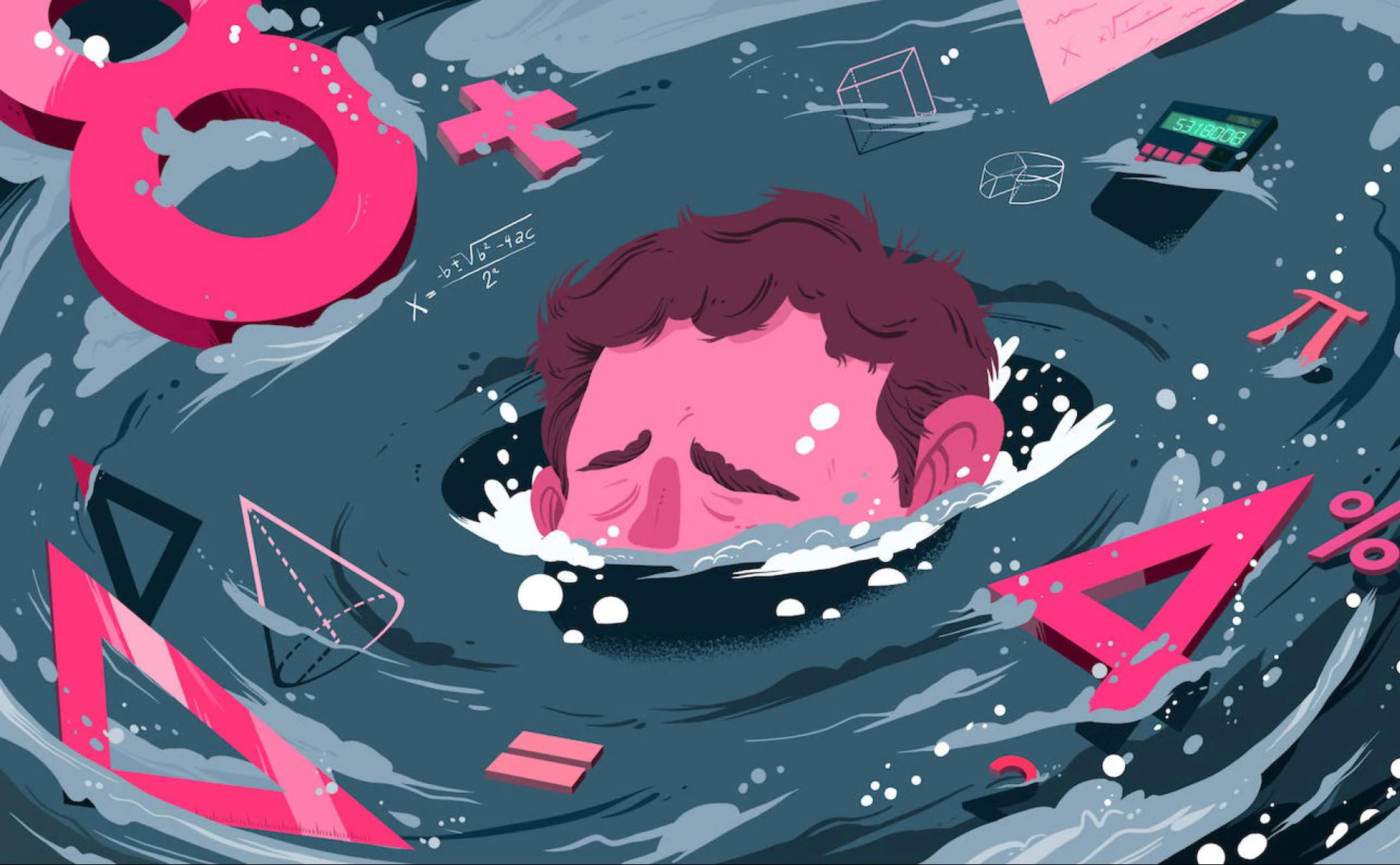When you can’t calculate two plus three
Dyscalculia or the difficulty of learning maths
Carmen Barreiro
Friday, 1 April 2022, 11:06
Imagine that you go to the bakery to buy some bread. You ask for three loaves, each costing one euro. In total, three euros. You pay with a five euro note, the baker gives you your change, you check that he’s given the right amount and you return home. An activity as easy as that is a challenge for someone suffering from dyscalculia, a learning disorder that hinders mathematical comprehension and affects 6 per cent of the population. “We’re talking about children and adults with a normal level of intellect. The problem is that they’re incapable of easily handling the most basic aspects of numeric processes. They find it difficult to do simple calculations like two plus three or understand simple concepts,” said Antonio Clemente, president of the Basque Country’s Speech Therapists’ Association.
Even though the exact causes of dyscalculia are unknown, what is clear is that it’s a neurological disorder with a strong genetic component. Also, there are cases where roughly half of dyslexic people also have trouble with mathematics. “There are kids who often use their fingers to do simple calculations because they never establish what in calculus is known as ‘retrieval of arithmetic facts’. You know that six plus five is eleven. When you see that sum, you do it from memory. But these kids are incapable of doing it like that and they need to start from zero, that’s why they count with fingers,” explained Clemente, who treats dyscalculia patients from a young age. “Some of them are now engineers.”
Different consequences
Another consequence of suffering from this disorder is that when someone makes a mistake, they’re not aware of it. “A student who has a sense of calculus and is learning normally has the capacity of finding the mistake. If their sum of five plus four is eight, they notice the error and correct it, but kids with dyscalculia don’t know if it’s right or wrong,” he said.
The problems don’t stop there. They also struggle to resolve simple exercises to distinguish quantities or identifying numbers. “They find it hard to relate the concept of three with the representation of three items or the number ‘3’. If you see a picture with three trees and you’re asked how many there are, you don’t have any doubts. But in the case of children with dyscalculia, this association is very complex,” Clemente explained. What happens is that because they’re students with a normal intellect, they try searching for ways to compensate.
Catching it early
“One of the keys to minimising the impact of this disorder is identifying it early on. Once the problem is diagnosed, a careful mathematical learning is recommended, with well-structured learning sequences and the use of tangible objects that favour a deep comprehension of basic concepts. This is a fundamental part to progress towards more abstract concepts,” explained Javier Arroyo and Daniel González de Vega, founders of Smartick, an online mathematical learning tool. They’ve designed a free test to identify in fifteen minutes if children are at risk of having dyscalculia.
But there are clues that point towards the existence of a problem with calculus. According to Clemente, “When [children] start their education, they are faced with difficulties when asked to resolve the most basic question, such as ‘Who’s sitting in the first row? Organise these number (2, 4, 1, 3) from high to low’. They also struggle to understand other concepts, such as “what animal weighs more: a lion or a cow?”
The good news is that it can be tackled early on with specific ‘training’. “The dyscalculia will always be there, but they learn tools to compensate their difficulty with numbers and become successful,” Clemente said.



